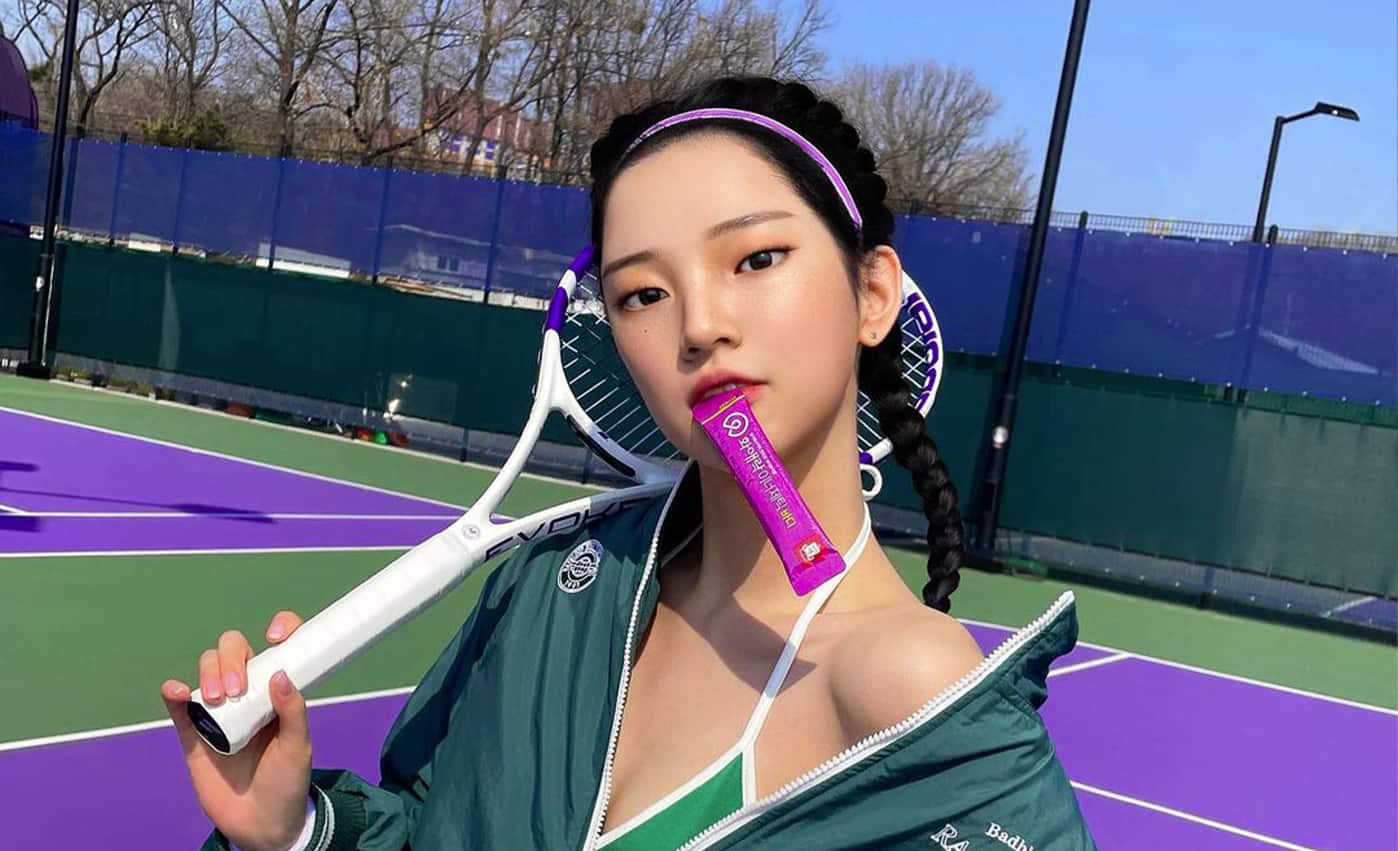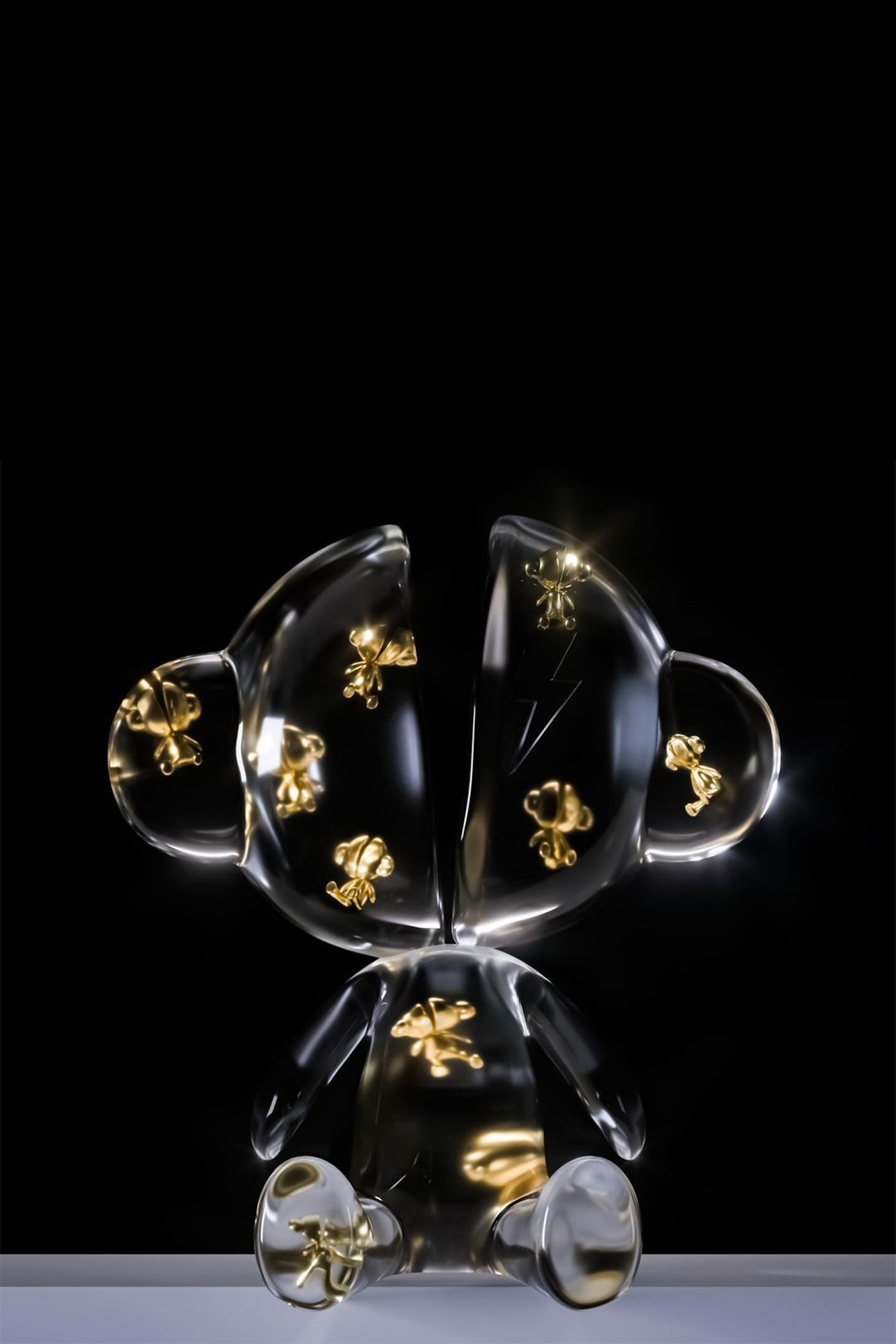Brands have made bold, experimental moves into the metaverse throughout 2022, but it’s become increasingly clear consumers aren’t always ready for these innovations. Case in point: the customer backlash to Marks & Spencer’s new virtual influencer, Mira.
The retailer isn’t the first business to introduce virtual ambassadors (see PrettyLittleThing and Prada) but it is a surprising decision for a heritage high street brand. The major issue with Mira is that she doesn’t appeal to M&S’ core consumer – in 2017, 54% of its customers were over 50-years-old. At the same time, virtual influencers are arguably an inefficient way to attract the future-proofing Gen Z audience too – this demographic wants real people and authenticity. So where does that leave M&S? Well, at this point, with a lot of its followers branding Mira as a gimmick.
When M&S introduced Mira (which stands for Marks & Spencer, Influencer, Reality, Augmented), its Instagram comments section was flooded with criticism, ranging from calling out the brand for not using a real model to not understanding its consumer. Some also labelled the virtual model as “creepy” and representing unrealistic beauty standards. On a positive note, introducing Mira led to a huge spike in engagement. As the saying goes, any press is good press – but in this case it might turn off loyal customers.
You may also like
One user commented on the introduction post: “I find it beyond insulting and depressing, and it only confirms what many of us have suspected for a while – you either have no idea who your customer base really is, or you’re choosing to deliberately ignore it.” Ouch.
The interesting thing is, M&S doesn’t need a virtual influencer to pull in a youth audience. It is royalty on TikTok, where users are obsessed with its food and relatable staff. However, fashion remains an issue and the company has introduced various initiatives such as a live shopping service and its new Insider programme (Mira is part of the latter and will be sharing her top fashion picks on a separate Instagram). M&S is trying to push its fashion business digitally but it’s not taking into account what consumers online love about its designs. For example, it should be replicating the viral TikTok success of its Celine bag dupe from September – this would give customers what they want.
Let this be a lesson to brands: listen to your consumer. The people who interact with you and create content organically about you. While you may be ready to dive into the metaverse and create virtual influencers, both of these things remain disorientating concepts to the wider UK public. You need to take people on a journey with you, not jump immediately into a new reality.
People want to see real clothes on real people who represent them and at this point, actual consistent sizing would be the real way to stay ahead of other fashion brands on the high street. Mira doesn’t feel like a calculated long-term marketing move, it’s haphazard and confusing. In the words of one commenter, “M&S you have lost the plot.”
By Caroline Edwards, news and features writer for CORQ. Picture credit: Marks & Spencer via Instagram.










